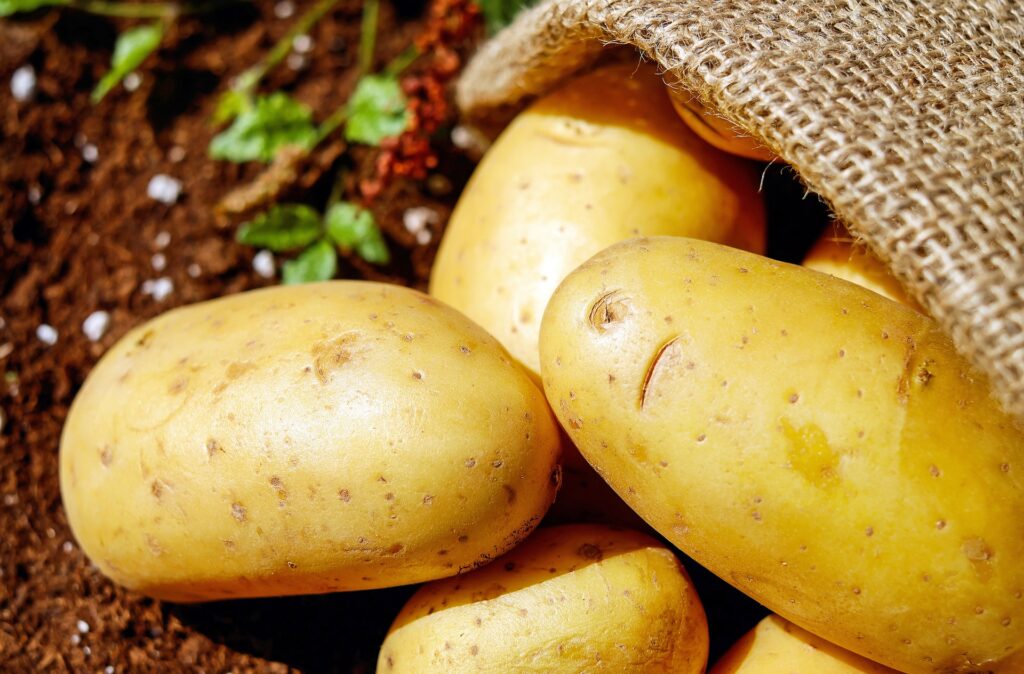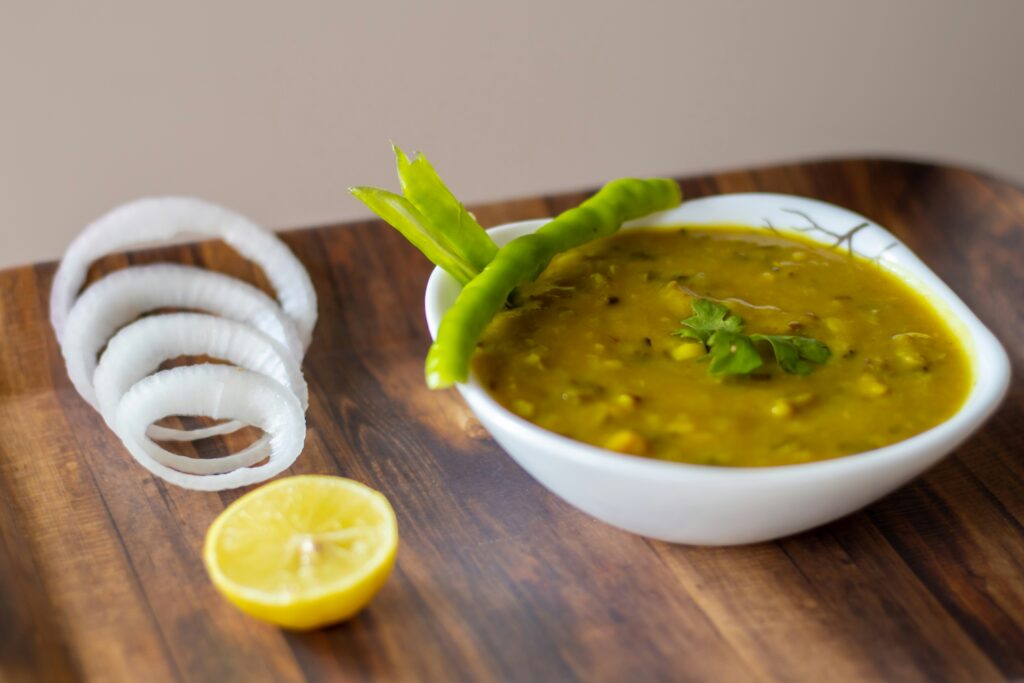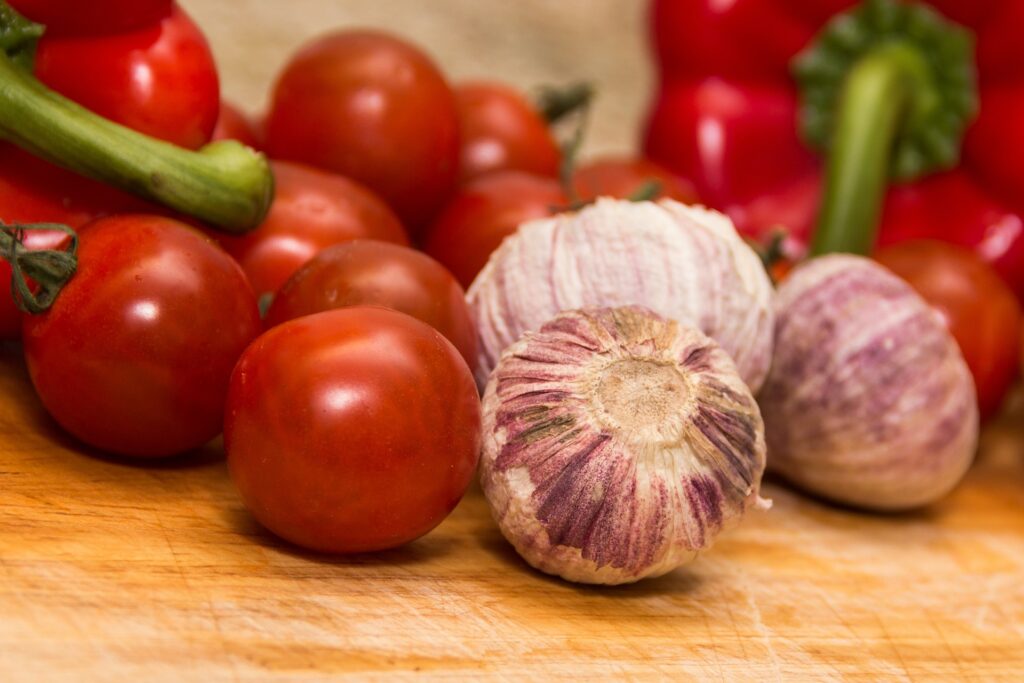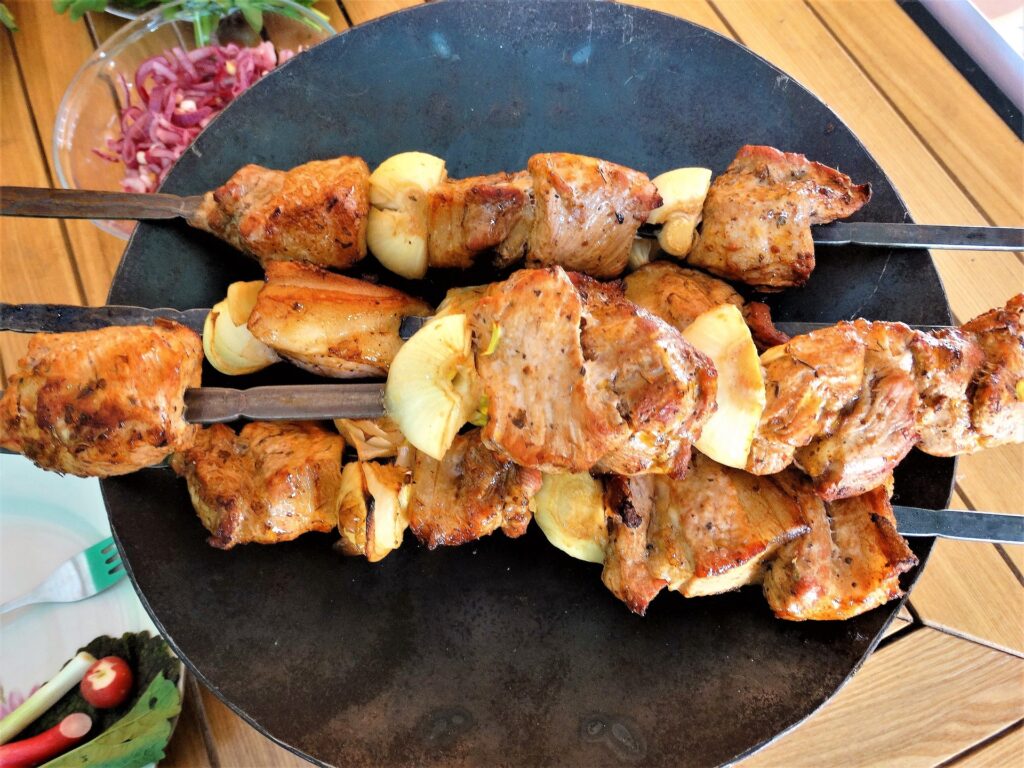Indian cuisine, renowned for its vibrant flavours and diverse ingredients, is a true reflection of India’s cultural heritage and history.
This culinary tradition, shaped by centuries of social, religious, and economic influences, has gained global popularity, delighting palates with its complexity and depth.
Origins and Historical Influences
The origins of Indian cuisine can be traced back thousands of years. Early texts like the Vedas mention the use of various ingredients such as sesame seeds, turmeric, and mustard seeds, which are still prevalent today.
The dietary practices during the Vedic period were influenced by the caste system and religious beliefs, with vegetarianism promoted by Buddhism and Jainism.
The arrival of Muslim rulers in the 7th century introduced rich gravies, pilafs, and kebabs, elements that became staples of Mughlai cuisine.
European colonisation, particularly by the Portuguese and British, brought new ingredients like tomatoes, potatoes, and chilies, and techniques such as baking.

Regional Variations
Indian cuisine is incredibly diverse, with distinct regional variations reflecting the country’s vast geography and cultural diversity.
- North Indian Cuisine: Known for its rich and creamy dishes, North Indian cuisine features dairy products like ghee and yoghurt. Signature dishes include butter chicken, biryani, and an array of breads like naan and paratha. The use of the tandoor (a traditional clay oven) is prominent, giving dishes a unique smoky flavour.
- South Indian Cuisine: Characterised by the extensive use of rice, coconut, and curry leaves, South Indian cuisine includes popular dishes such as dosa, idli, and sambar. This region is also known for its vegetarian options and the practice of tempering (tadka) to enhance flavours.
- East Indian Cuisine: With its emphasis on fish, rice, and mustard oil, East Indian cuisine is famous for dishes like shorshe ilish (hilsa fish in mustard sauce) and sweets like rosogolla. The flavours are subtle yet distinctive, often featuring mustard-based sauces.
- West Indian Cuisine: This region offers a blend of sweet, spicy, and tangy flavours, with Gujarati, Maharashtrian, and Goan cuisines being notable examples. Dishes like dhokla, thepla, and vindaloo showcase the diversity of this region. Ingredients like coconut, peanuts, and various spices play a crucial role.

Nutritional and Medicinal Aspects
Indian cuisine is not only flavourful but also rich in nutritional and medicinal benefits, deeply rooted in the principles of Ayurveda.
Spices such as turmeric, ginger, and garlic are known for their anti-inflammatory and antioxidant properties. Turmeric, for instance, is widely recognised for its potential in managing conditions like arthritis and heart disease.
Lentils and legumes, staples in many Indian dishes, provide essential proteins and are excellent sources of dietary fibre.
The inclusion of vegetables and whole grains further enhances the nutritional profile of Indian meals, making them balanced and healthful.

Cooking Techniques
Indian cooking techniques are as diverse as the cuisine itself. Some of the key methods include:
- Tempering (Tadka): This involves heating oil or ghee and adding spices to release their aromatic oils, often used as a finishing touch for dals and curries.
- Steaming: A healthier cooking method used for dishes like idli and dhokla, which preserves the natural flavours and nutrients.
- Slow Cooking: Essential for developing the complex flavours in curries and biryanis, this method involves simmering ingredients over low heat for extended periods.
- Grilling (Tandoor): This technique, using a traditional clay oven, imparts a unique smoky flavour to meats, breads, and vegetables.

Global Popularity
Indian cuisine’s global appeal can be attributed to its unique blend of flavours, textures, and aromas. In countries like the United Kingdom, the United States, and Australia, Indian dishes have become household favourites.
The diverse range of vegetarian and vegan options also caters to the growing demand for plant-based diets worldwide.
In conclusion, Indian cuisine is a gastronomic journey through India’s rich cultural and historical landscape.
Its regional variations, nutritional benefits, and unique cooking techniques continue to captivate food enthusiasts globally, making it a beloved and enduring culinary tradition.



